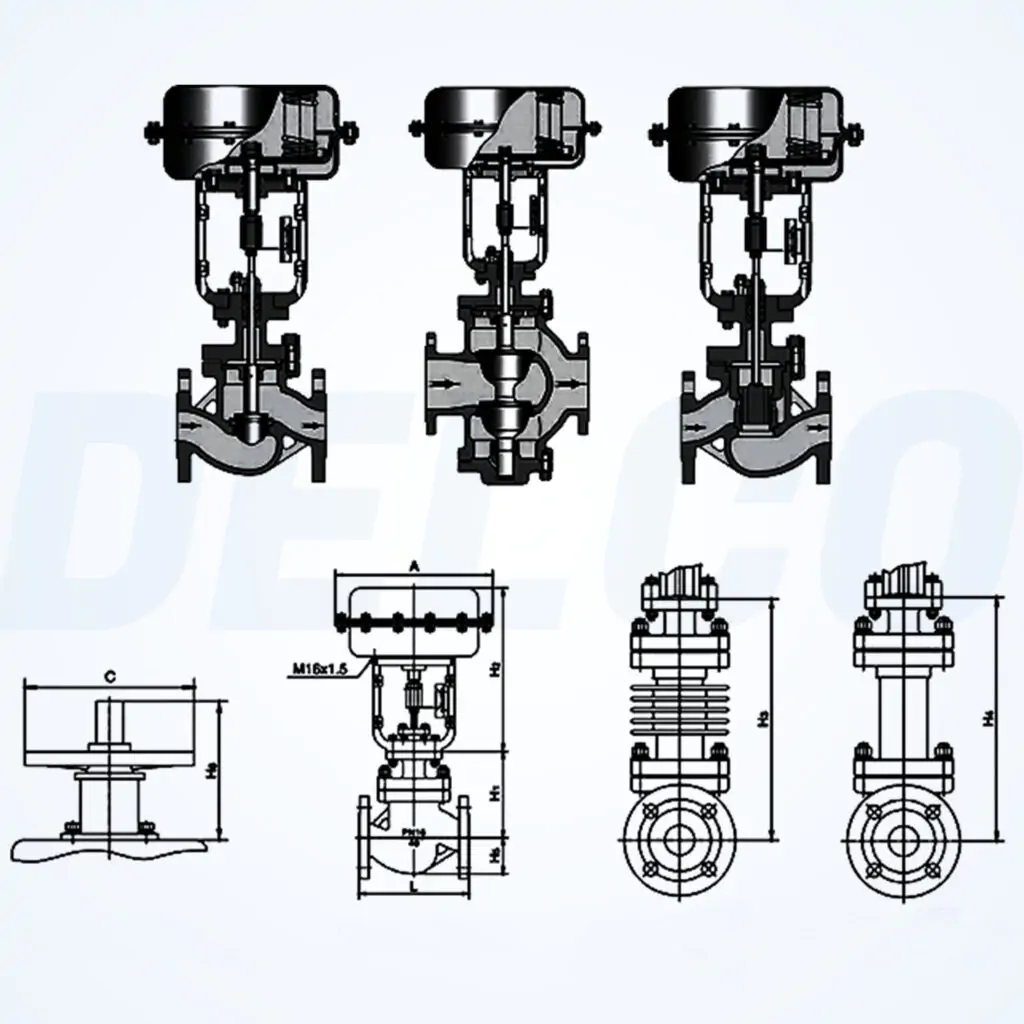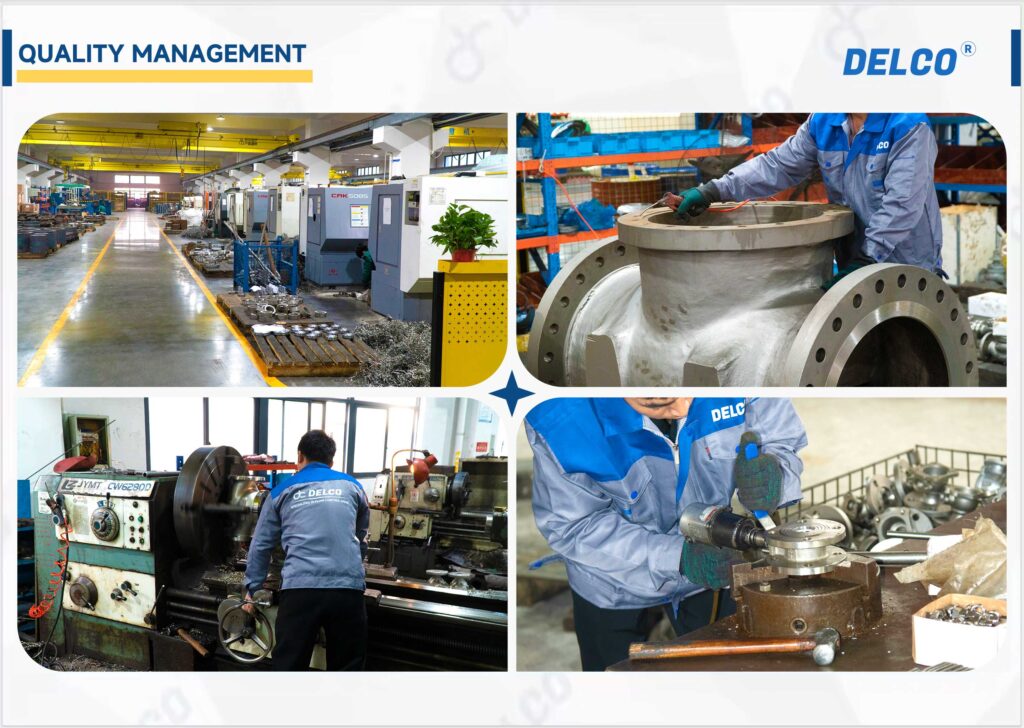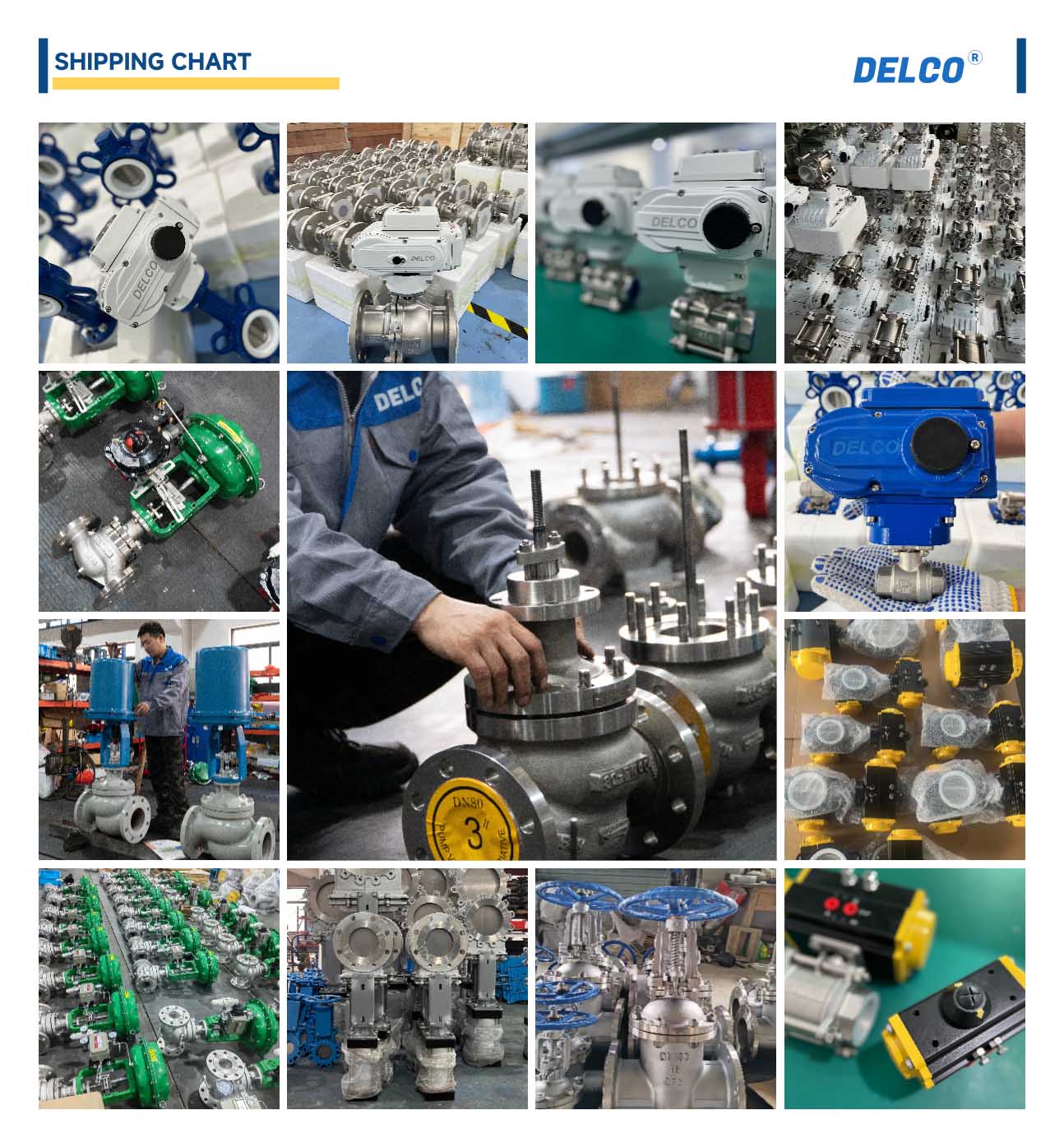
Get an Instant Quote
A good supplier can not only make you worry-free, but also enable your business to develop sustainably and allow your brand to continuously accumulate reputation for service and quality.

A good supplier can not only make you worry-free, but also enable your business to develop sustainably and allow your brand to continuously accumulate reputation for service and quality.

A good supplier can not only make you worry-free, but also enable your business to develop sustainably and allow your brand to continuously accumulate reputation for service and quality.
Мы не просто предоставляем простые расценки, а являемся экспертами в области выбора, расчетов и чертежей.
Пневматические регулирующие клапаны отличаются низким центром тяжести, исключительной виброустойчивостью и простотой установки. Эти клапаны широко используются в автоматизированных системах управления производством в различных отраслях, включая химическую промышленность, нефтепереработку, легкую промышленность, энергетику и металлургию.
DELCO Valve стремится поставлять высококачественную продукцию по высококонкурентным ценам, дополняя ее оперативной доставкой и комплексным гарантийным обслуживанием для обеспечения удовлетворенности клиентов.
Модель: ZJHP/ZJHM
Диапазон размеров: 1/2″~12′
Диапазон давления: 1.6~6.4Mpa
Материал: WCB, нержавеющая сталь 304, 316, 316L
Модель: ZJHP/ZJHM
Диапазон размеров: 1/2″~12′
Диапазон давления: 1.6~6.4Mpa
Материал: WCB, нержавеющая сталь 304, 316, 316L
Pneumatic control valves operate using compressed gas as their power source, utilizing a cylinder as the actuator. With the assistance of various components such as valve positioners, converters, solenoid valves, check valves, gas tanks, and gas filters, these valves are driven to achieve on/off functions or proportional adjustments. They receive control signals from industrial automation systems to regulate various process parameters in pipelines, including flow, pressure, temperature, and liquid level. Pneumatic control valves are characterized by their straightforward control, quick response, and inherent safety, eliminating the need for additional explosion-proof measures.
The primary benefits of pneumatic control valves include the ease of adjusting their opening and closing speeds, their simple structure, and ease of maintenance. Thanks to the natural cushioning properties of gas, they are less prone to damage from jamming during operation. In certain explosion-proof scenarios, they offer greater reliability compared to electric valves.
| Type | Nominal pressure | Structure | Cooling type | Packing |
| Single-seat, double seat, sleeve | PN16, PN25, PN40, PN63, PN100 | Standard type (-20℃ ~+200℃ ) | (-40~450℃ ) | V type PTFE, flexible graphite |
| Nominal diameter | Connection | Material | Low-temperature type | Adjustable range |
| DN20-DN200 | Flange, thread, weld (Or other customer specified) | WCB, 304, 316, 316L | (-60℃ ~-196℃ ) | 50:1 |
| Sealing surface | Basic error | Accessories | Leakage class | |
| PN16 convex surface, PN40, PN63, PN100 | Less than full stroke +-1% (With locator) Less than full | locator, air filter pressure-relief valve, hand wheel device, limit switch, solenoid valve, lock up valve, and others. | Metal seal: Less than 0.01 (ANSI B16.104-1976IV) | Soft seal: Less than 0.00001% |
Valve Components: Features a single-seat plunger core design with a 304 or 316+ SLT core seat, offering equal percentage, linear, and quick-opening flow characteristics.
Valve Actuator: Utilizes a multi-spring diaphragm actuator available in both direct and reverse actions. The diaphragm is made from NBR rubber reinforced with polyester fabric. The spring ranges include 20-100 KPa, 40-200 KPa, and 80-240 KPa, with supply pressures ranging from 0.4 MPa to 0.5 MPa.
Action Type: For air-to-close (FO) operation with a direct action actuator, the actuator spring opens the valve when the air supply fails. For air-to-open (FC) operation with a reverse action actuator, the actuator spring closes the valve when the air supply fails. Provides linear, equal percentage, and quick-opening characteristics.

Flow requirements: Evaluate the flow characteristics needed for the specific application.
Flow Characteristics: Consider the fluid’s properties, such as viscosity, pressure, and temperature, to select a valve that can handle the specific conditions.
Valve size: Choose a valve size that matches the pipeline size and meets the required flow capacity.
Actuator type: Decide between manual, electric, pneumatic, or hydraulic actuation based on the system requirements and available resources. Select an actuator that provides adequate force and meets the desired control requirements.
Material compatibility: Ensure the valve materials are compatible with the fluid being handled to avoid corrosion or other damage.
Regulatory requirements: Adhere to industry-specific regulations and standards to ensure safe and efficient operation.
Noise and vibration: Option for a valve design that minimizes noise and vibration for a safer, more reliable operation.



©2020 All Rights Reserved. Created with DELCO Valve